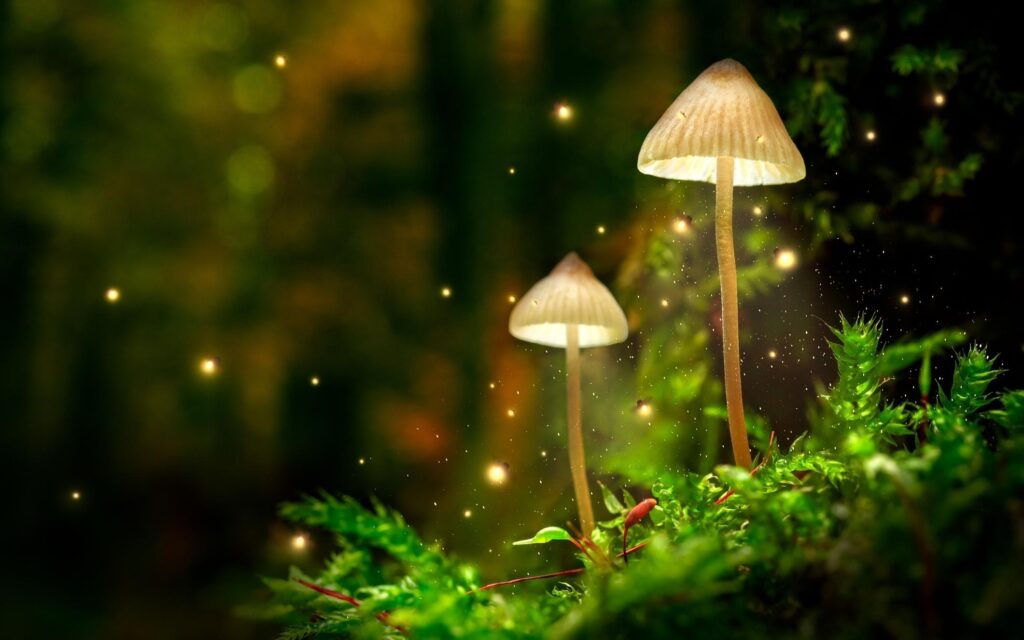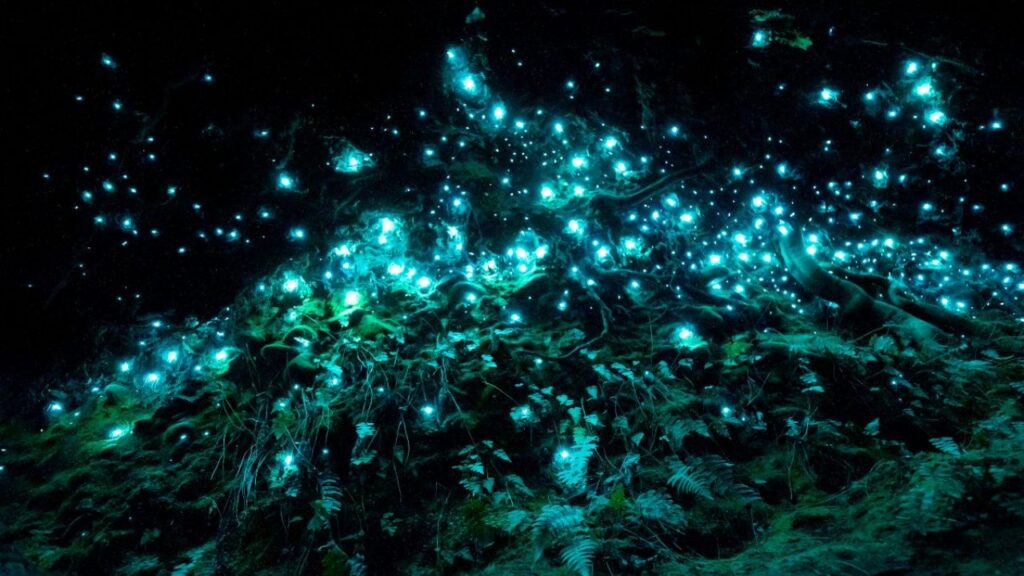Watch: Why the Bhimashankar Forest in Maharashtra Glows After Dark? Mystery revealed

Watch: Why the Bhimashankar Forest in Maharashtra Glows After Dark? Mystery revealed
A rare bioluminescent phenomenon lights up the monsoon-drenched forest floor, offering a surreal, Avatar-like spectacle for the fortunate few.
Tucked away in the dense, rain-soaked stretches of the Western Ghats, Maharashtra’s Bhimashankar Wildlife Reserve comes alive after dark with an eerie, magical glow. This surreal transformation, seen mostly during the peak monsoon months of July to September, has baffled scientists and enchanted trekkers and nature lovers alike.
Located approximately 100 kilometers east of Mumbai, the Bhimashankar Wildlife Reserve spans 131 square kilometers and is home to nine tribal villages. The area was designated a wildlife reserve to protect critically endangered species such as the Indian Giant Squirrel and several rare reptiles. Yet, it is the forest’s bioluminescent glow that has recently drawn wider attention.
The shimmering phenomenon, resembling a scene from the movie Avatar, occurs due to the presence of a fungus from the genus Mycena. This fungus thrives in moist, decaying wood and emits a vivid green light through a chemical process known as bioluminescence. The glow is produced when luciferin, a light-emitting compound present on rotting bark and leaves, reacts with the enzyme luciferase, also secreted by the fungus. The reaction generates a green fluorescence that lights up branches, stumps, and the forest floor.
The glow is most prominent in the Ahupe village region, a lesser-known yet ecologically significant zone within the reserve. While bioluminescence can occur in other tropical forests worldwide, what sets Bhimashankar apart is the scale and intensity of the glow—often lighting up large swathes of the forest following evenings of intense rain.

Though this phenomenon doesn’t occur every night, weather conditions during the monsoon create the ideal environment for Mycena fungi to thrive. The best time to witness this natural marvel is shortly after a heavy rainfall, typically in the months of July, August, and September. It is a fleeting but breathtaking sight, accessible only to those willing to brave slippery trails and dense foliage.
Given its ecological richness, the Western Ghats—of which Bhimashankar is a part—has earned global recognition. UNESCO has declared 39 regions across the Ghats as World Heritage Sites, acknowledging their biodiversity and the need for careful preservation.
As curiosity grows around this glowing forest, conservationists urge visitors to be mindful and respectful. The bioluminescence is a delicate natural process that thrives in undisturbed environments. While the forest’s glow is a visual wonder, it also serves as a reminder of nature’s fragile balance and the importance of preserving it.
For trekkers, wildlife enthusiasts, and dreamers alike, Bhimashankar’s glowing woods offer a once-in-a-lifetime encounter with the mystical side of nature.












